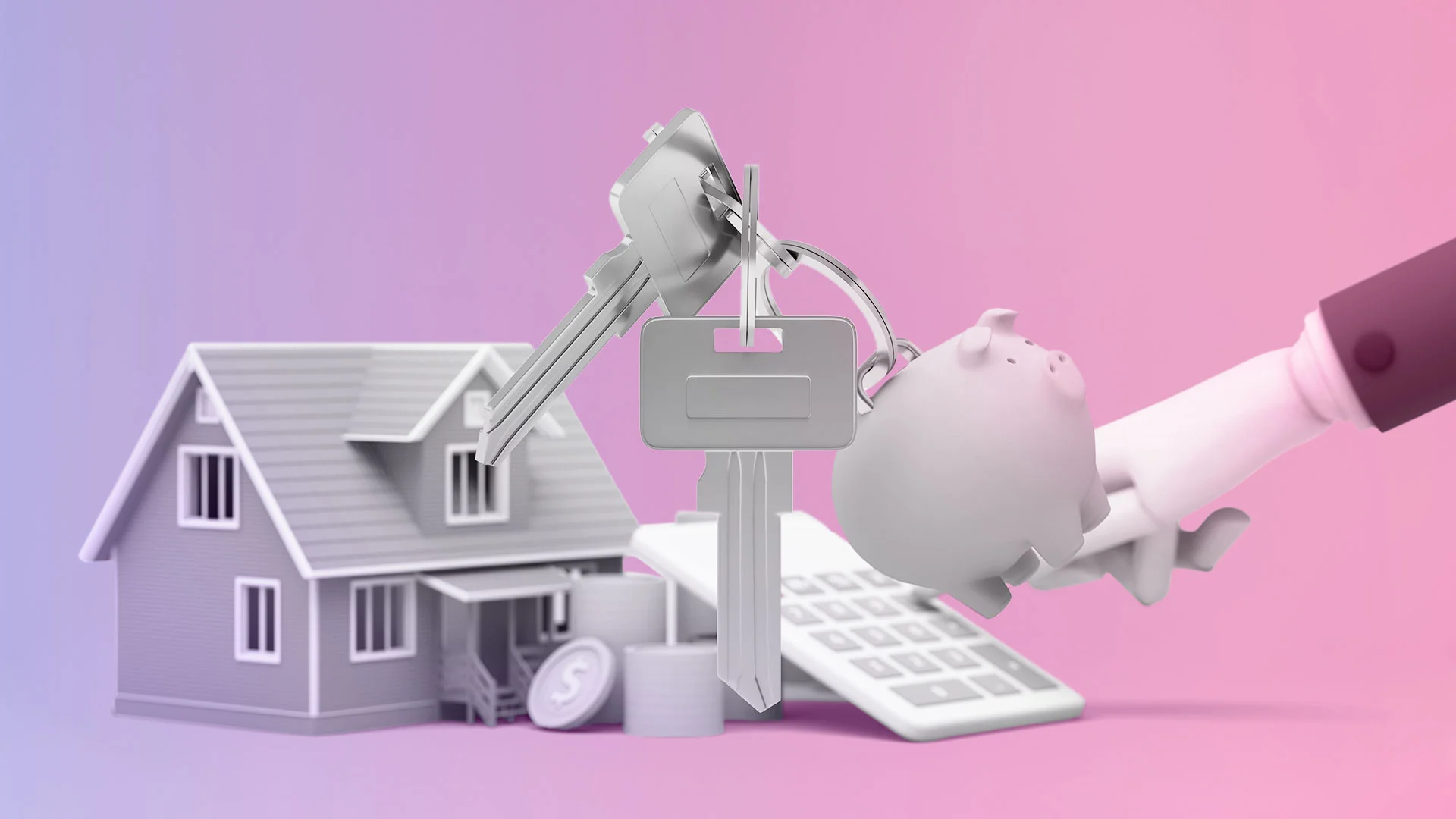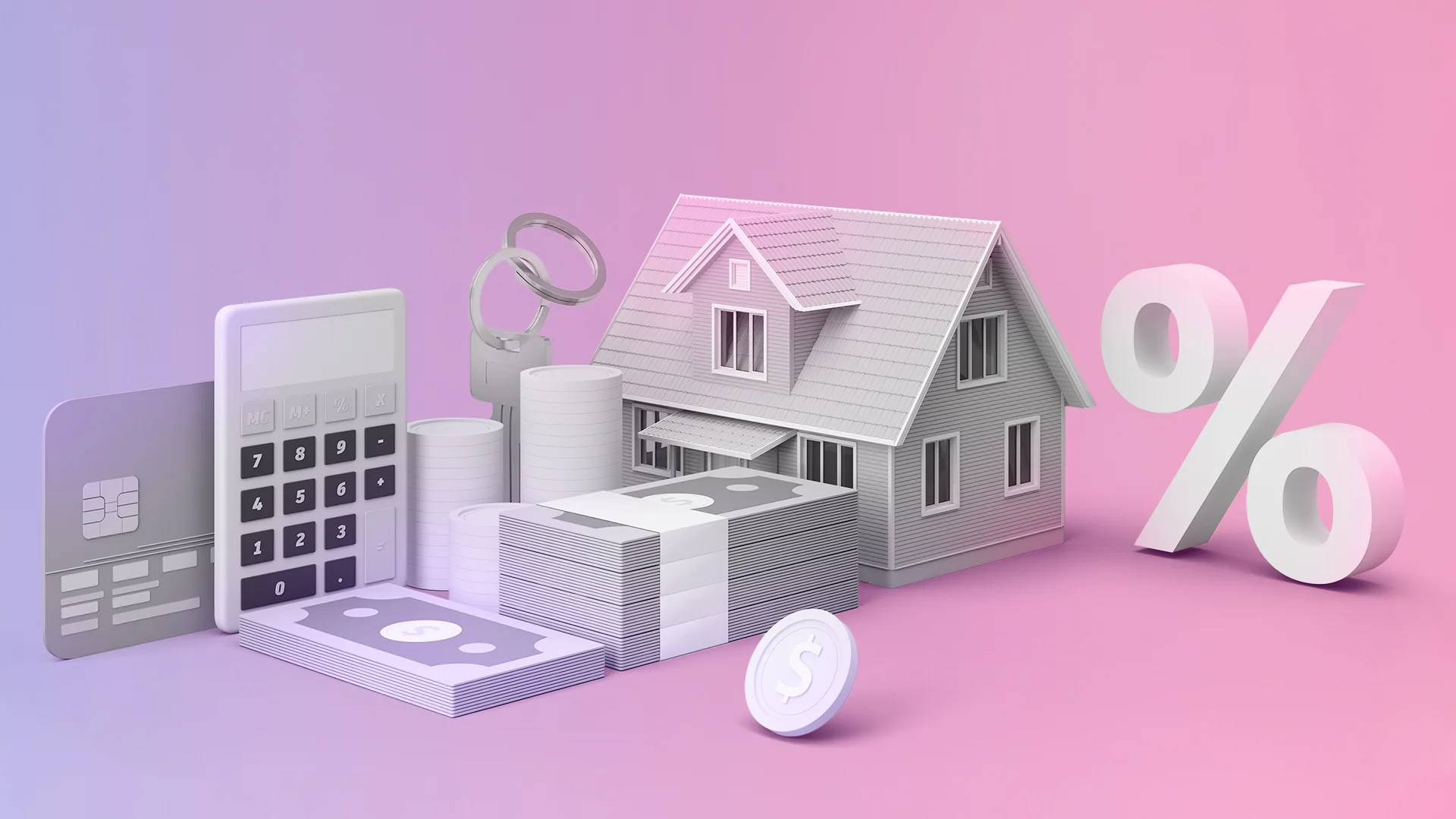Everything You Need To Know When Refinancing To Renovate
Learn how to refinance your home to fund renovations and increase property value. Assess costs, equity, and find the best loan options for your home renovation.
Whether you’re looking to upgrade your kitchen or treat your home to a full facelift, renovating your property can be a great way to transform your space while adding value to your home. With that said, renovations don’t come cheap, but if you’ve managed to build up a bit of equity in your home, you might be able to refinance your property to fund your renovations.
Let’s get into the ins and outs of how you can refinance to renovate your home.
How does refinancing work?
Refinancing is the process of taking out a new home loan to replace your existing mortgage. From accessing a lower interest rate to accessing new home loan features, refinancing can offer a range of potential benefits. Plus, depending on your circumstances, you might be able to refinance your home loan to free up some of your home equity to pay for your renovations.
Refinancing to renovate
Before you dive right into refinancing your home loan, it’s important to do a bit of research to make sure you have all your bases covered. Here are a few key aspects worth considering before refinancing to renovate.
Estimate the cost of your renovations
Before refinancing and tapping into your home equity, it can be worth spending a bit of time assessing your plans and getting a clear idea of your budget. It’s not uncommon for the cost of renovation projects to blow out, so it can be worth working a safety net into your budget in case you come up against a few unexpected costs. By creating a rough budget, you’ll be better placed to figure out how much additional financing you need and whether your home's value will justify the investment.
When it comes to renovating your home, you don’t want to sink too much cash into your property or you could risk overcapitalising. This is when you invest more into the upgrades compared to the actual value that you add to the property.
Assess your equity
If you’ve owned your property for a few years and you’ve been chipping away at the principal or your home has appreciated, there’s a good chance you’ll have built up some equity in your property. You can work out how much equity you have in your home by first figuring out how much the property is worth. Once you’ve got an idea of the value of your home, you can work out the equity by subtracting the outstanding balance of your home loan from the property value.
But just because you’ve built up a certain amount of equity in your home doesn’t mean you’ll be able to access it all. That’s where usable equity comes in. Usable equity is calculated by taking 80% of your property’s value minus the outstanding balance on your existing loan. While some lenders will let you borrow up to 90% of your property’s value, when you borrow over 80% of your loan-to-value ratio (LVR) you’ll often have to pay lender’s mortgage insurance (LMI) to cover the increased risk to your bank.
Understand the costs of refinancing
While refinancing can allow you to save on your home loan and tap into your equity, it often comes with its own set of fees. From discharge fees and break costs to application fees and settlement fees, refinancing can set you back anywhere from a few hundred to a couple of grand. With this in mind, it’s important to make sure you do the math to make sure the benefits of refinancing outweigh the costs.
Research your options
Refinancing is one thing, but you want to make sure you find a new home loan that suits your needs. Compare your options based on a range of factors, like the interest rate, account fees, features and facilities as well as how much equity they’re willing to let you access. You can even use a mortgage calculator to work out how much you could stand to save and how your repayments could cost you across the different options. The more research you do, the more confident you can be in your final decision.
Benefits of refinancing to renovate
Refinancing your home loan to renovate can unlock a range of benefits beyond tapping into your equity. Here are just some of the advantages of refinancing to fund your renos:
- Increase property value: renovations can enhance the aesthetic appeal and functionality of your property, potentially leading to an increase in its market value.
- Access lower interest rates: if market conditions have changed since you set up your current home loan, you might be able to secure a lower interest rate. This can result in lower monthly payments and overall interest costs.
- Consolidate debt: if you have other high-interest debts, like credit card debt or personal loans, you might be able to consolidate these debts into your mortgage when you refinance. Home loans typically offer lower interest rates, so you could stand to save on your loan repayments.
- Unlock more attractive loan terms and features: from offset accounts and redraw facilities and different loan terms, there are plenty of features to choose from when it comes to refinancing your home loan. The trick is to find a new loan that allows you to access your equity and provides new features that will help you achieve your financial goals.
Alternatives to refinancing
Sure, using your equity can be a great way to fund your renovations but it isn’t the only option available to you. Here are some other ways you can renovate your home without refinancing:
- Use your savings,
- Cash in your redraw facility,
- Top up your home loan, or
- Apply for a construction loan.
Are you looking to refinance to a new home loan with a competitive interest rate and even more great features? Why not check out what’s on offer with Unloan.
This article is intended to provide general information only. It does not have regard to the financial situation or needs of any reader and must not be relied upon as financial product advice. Please consider seeking financial advice before making any decision based on this information.
Unloan is a division of Commonwealth Bank of Australia.
Applications are subject to credit approval; satisfactory security and you must have a minimum 20% equity in the property. Minimum loan amount $10,000, maximum loan amount $10,000,000.
Unloan offers a 0.01% per annum discount on the Unloan Live-In rate or Unloan Invest rate upon settlement. On each anniversary of your loan’s settlement date (or the day prior to the anniversary of your loan’s settlement date if your loan settled on 29th February and it is a leap year) the margin discount will increase by a further 0.01% per annum up to a maximum discount of 0.30% per annum. Unloan may withdraw this discount at any time. The discount is applied for each loan you have with Unloan.
There are no fees from Unloan. However, there are some mandatory Government costs depending on your state when switching your home loan. For convenience, Unloan adds this amount to the loan balance on settlement.
* Other third-party fees may apply. Government charges may apply. Your other lender may charge an exit fee when refinancing.




















































%201.webp)

